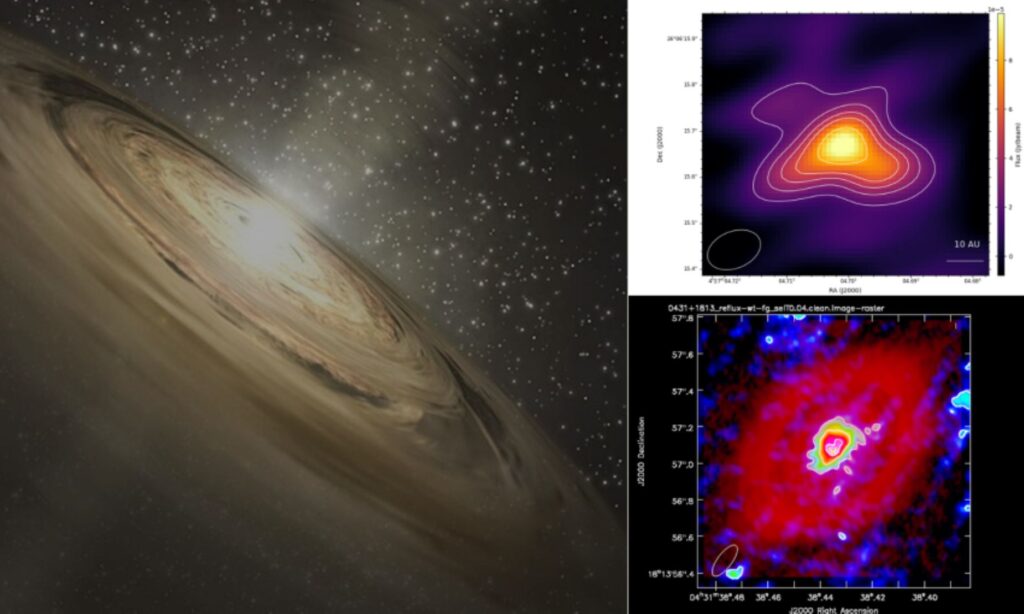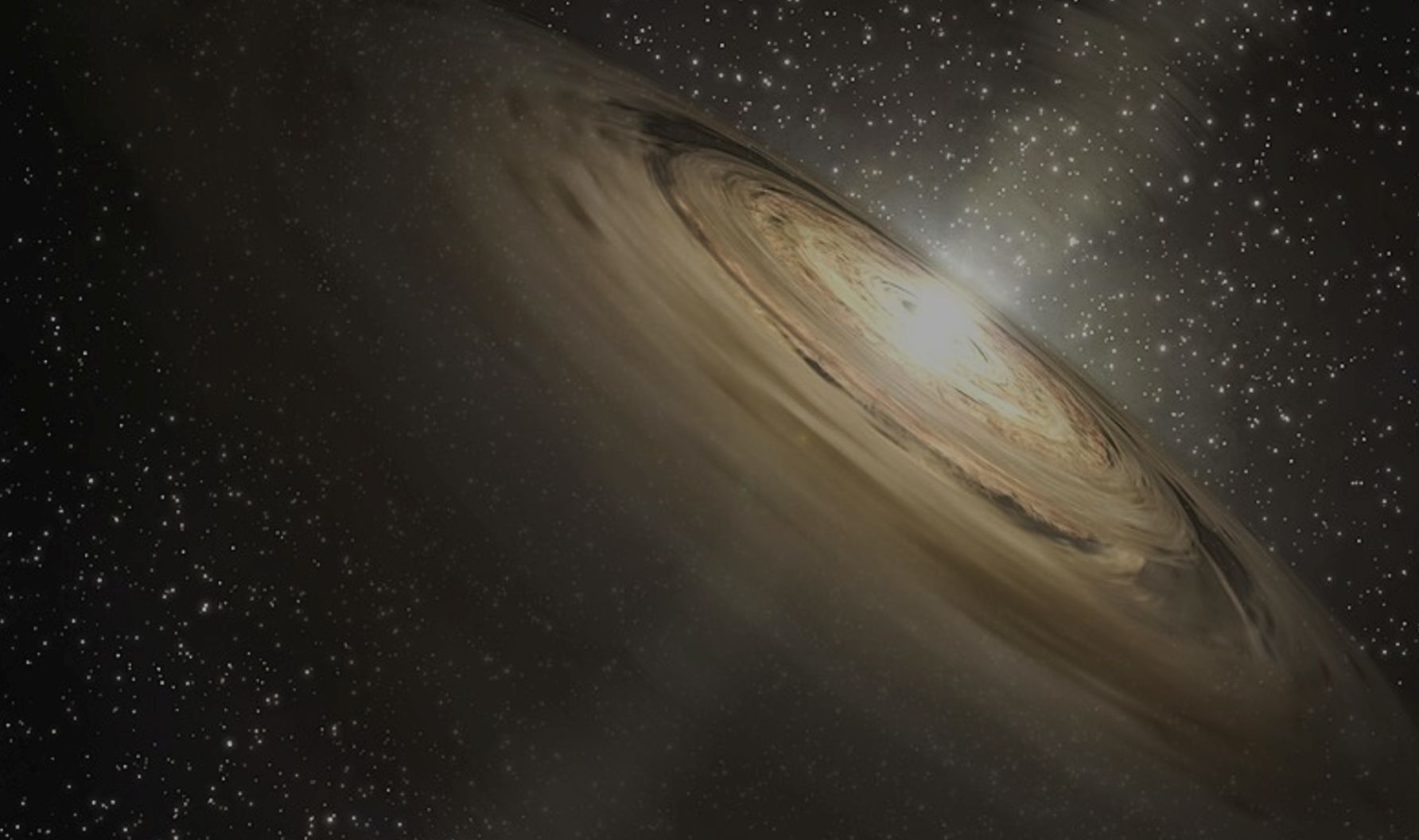Astronomers just caught a celestial sneak peek at how solar systems are born, and it starts with something delightfully small: space pebbles.
Around two young stars, DG Tau and HL Tau, tiny grains are gathering in vast pancake-like clouds called protoplanetary discs, stretching to Neptune-like distances. These pebbles are nature’s building blocks, slowly clumping into massive worlds over millions of years, just like how Jupiter, Saturn, and even Earth formed 4.5 billion years ago.
These stars are located approximately 450 light-years away, quietly forming miniature versions of our cosmic neighborhood. It’s like watching the universe sketch out its next masterpiece, one pebble at a time.
Astronomers peering into the deep space nurseries around young stars DG Tau and HL Tau have uncovered something spectacular: enormous reservoirs of planet-building pebbles stretching as far out as Neptune’s orbit, and possibly beyond. It’s like stumbling on a galactic blueprint for mega solar systems.
Stellar winds help dust grains grow into planet-building pebbles
Using the e-MERLIN telescope network, scientists created a detailed map of DG Tau’s disc, a tilted swirl of gas and dust. In this interstellar pancake, Pebble-sized clumps are gathering like early ingredients for world-making. The disc tilts southeast to northwest, showing a graceful spread of material and outflows from the star streak northeast and southwest, a sign of stellar winds shaping the neighborhood.
Astronomers are taking on a cosmic detective mission with a bold new initiative called PEBBLeS, led by Professor Jane Greaves of Cardiff University. Their goal? To search the skies for rocky belts around young stars, places where new planets are being born.

By imaging these dusty zones, the team hopes to discover how often and where planets form around stars destined to become suns like our own.
To do this, they’re using e-MERLIN, a UK-wide radio telescope super-array comprising seven dishes that span 217 kilometers. Linked by lightning-fast fiber optics and coordinated from the iconic Jodrell Bank Observatory, e-MERLIN has the unique precision needed.
Finding a cosmic fog within shattered intergalactic ‘pancakes’
The observations enabled astronomers to pinpoint the region where solid material accumulates in the discs. Hence, it offers clues on one of the earliest stages of planet formation.
Since the 1990s, astronomers have discovered thousands of fully-formed planets and swirling disks of space dust around young stars. These discs, packed with grains like cosmic sand, are the raw material for building planets.
Early on, when the grains are spread out (sometimes across areas as large as Jupiter’s orbit), they’re easy to spot using infrared or submillimeter telescopes, such as ALMA.
As the grains start to clump into planets, their surface area decreases. That makes them harder to detect; the more planet-like they become, the less visible they become.
To spot the baby building blocks of planets, those centimeter-sized pebbles quietly gathering in young star systems, scientists need a telescope tuned to just the right wavelength. Enter e-MERLIN, the UK’s radio interferometer, which observes at 4 cm, the sweet spot for detecting these tiny future worlds.
Using e-MERLIN, researchers discovered that DG Tau’s disc is brimming with pebbles even out to Neptune-like orbits. Also, there’s a similar belt of planetary seeds forming around HL Tau.
These dusty discs aren’t just signs of planets-to-be; they’re early blueprints for solar systems that might be even bigger than our own.
Looking ahead, the massive Square Kilometre Array (SKA) in South Africa and Australia will take this to the next level. With greater sensitivity and scale, SKA will unveil thousands of discs across the galaxy. Starting in 2031, SKA-Mid will begin verifying science and dive into studying hundreds of planetary systems.
As Dr. Hesterly put it, e-MERLIN showed what’s possible; SKA will explore the galaxy’s wild imagination.
